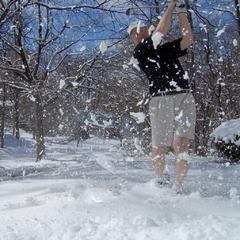IGNORED
The Stack and Tilt Golf Swing
-
Topics Being Discussed Right Now on The Sand Trap
-
- 5,309 replies
- 577,565 views
-
- 1,213 replies
- 157,523 views
-
- 19,519 replies
- 1,047,427 views
-
"5 Minutes Daily" Practice Challenge 1 2 3 4 838
By iacas, in Instruction and Playing Tips
- 5 minutes daily
- dedication
- (and 6 more)
- 15,069 replies
- 907,690 views
-
- 36 replies
- 3,199 views
-






Recommended Posts
Create an account or sign in to comment
You need to be a member in order to leave a comment
Create an account
Sign up for a new account in our community. It's easy!
Register a new accountSign in
Already have an account? Sign in here.
Sign In Now